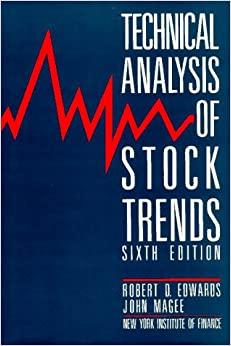Question
Harrison and Penelope recognize that the value of their $140,000 annual withdrawals during retirement will steadily decline because of expected inflation. Assume that they want
Harrison and Penelope recognize that the value of their $140,000 annual withdrawals during retirement will steadily decline because of expected inflation. Assume that they want to have the value of these withdrawals increase by 3% a year for the first 9 years after their first withdrawal and then increase the withdrawals by 4% a year for the last 10 years of retirement to account for expected inflation. In other words, they want to withdraw $140,000 at age 65 and $144,200 at age 66 ($140,000 1.03). The last withdrawal at the 3% inflation rate will be $182,668.25 at age 74. After then, the retirement withdrawals will grow at 4% a year -- so the retirement withdrawal at age 75 will be $189,974.98 ($182,668.25 1.04). From that point forward, the withdrawals will increase 4% a year up until age 85. How much would they need to deposit into the account at the end of each of the next 30 years to meet this revised goal, which protects them against rising inflation? Assume they still plan to leave their children a total inheritance of $1,200,000. Set up this problem using Excel. Here you might find it helpful to refer to the Growing Annuity Example on the class e-Learning site.
Step by Step Solution
There are 3 Steps involved in it
Step: 1

Get Instant Access to Expert-Tailored Solutions
See step-by-step solutions with expert insights and AI powered tools for academic success
Step: 2

Step: 3

Ace Your Homework with AI
Get the answers you need in no time with our AI-driven, step-by-step assistance
Get Started


